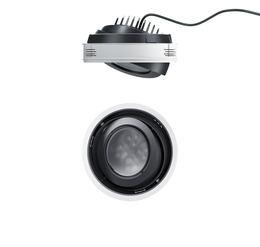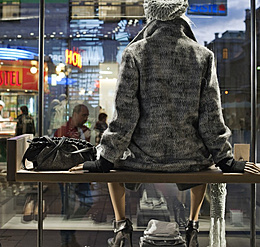The foyers of companies, educational facilities and cultural establishments serve as visiting cards. They communicate a first impression of an organisation or company and can arouse curiosity to find out more. To achieve orientation and create an appropriate atmosphere in an organisation are some of the strengths of lighting design aiming for quality. We demonstrate how visitors can be made welcome with light, from the concept stage to a planning example.
Often designed as a generously dimensioned, high entrance space, foyers serve representative purposes and at the same time function as reception and maintenance areas as well as providing access to other areas of the building. As the transition between outside and inside as well as between the public and private space, differing spatial scales come together. As a consequence, supporting orientation with light within these various functions and areas gains high relevance. However, light can offer much more than just identification and orientation. The emotional side of light, used for example as a discreet or more vivacious impact in the space, can ideally be used to achieve an attractive sense of welcome. Furthermore, the lighting of a foyer can also provide a valuable contribution to making the identity of a company visually perceptible. The design flexibility of light with regard to the self-presentation of a company-, educational- or cultural brand, ranges from an unobtrusive and sober ambience to dramatic displays.











